9 minutes
Thoughts on Keyboards
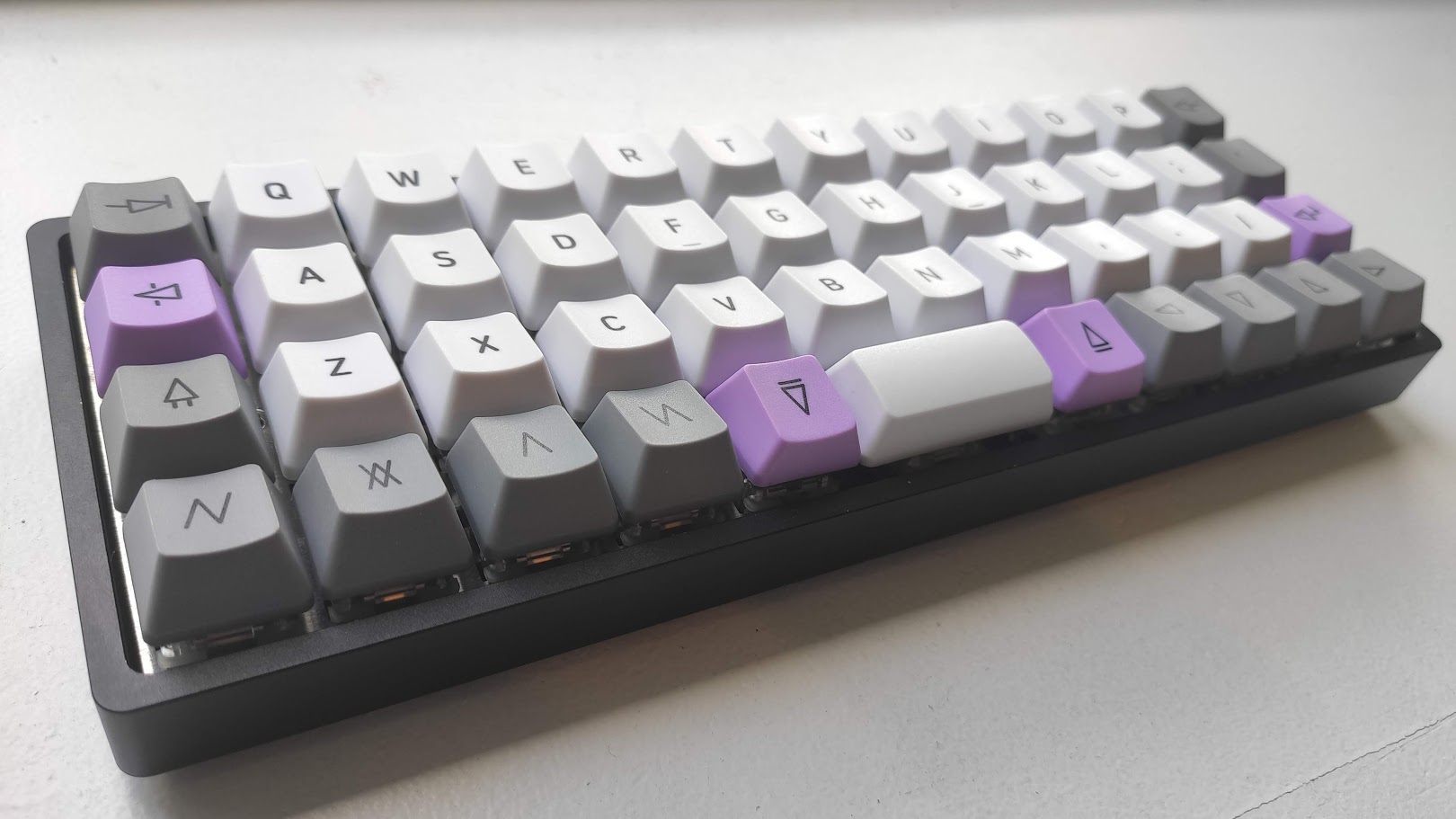
“Cowboys in the western United States leave their horses when they die. But never leave their saddles, regardless of how long they need to walk in the desert. Saddles are interfaces that are deeply adapted to our bodies whereas horses are consumable items. It should not be forgotten that computers are consumables nowadays, but keyboards are interfaces that we can use through our lives.”
– Eiiti Wada, Professor Emeritus at the University of Tokyo
Because it is one of the rare physical tools of my trade (computer work), it might not surprise you that I have a certain fascination when it comes to keyboards. While I am no expert on the matter, my personal keyboard setup is something I enjoy trying to optimize every day, even if just bit by bit. It is a quite the puzzle because there are many things to take into account:
- The size of the working space
- The typing speed required to work comfortably
- The reliability of a single key stroke
- How often is the mouse required
- How much customization is expected (aesthetics and functional)
This leads to questions that might seem easy to answer at first, but can actually lead to surprisingly nuanced answers:
- What size of keyboard do you need?
- How many actual keys do you need?
- How frequently do you use specific keys?
- How reliable do you need each key press to be?
- How fast do you need to be able to write?
- etc.
These questions may seem frivolous for most people when keyboards are just a mean of inputting data into a computer, with no time limit or sense of danger. However, as you achieve higher and higher levels of security clearance in the technological world, you start to realize that pressing keys can be as dangerous as handling a bomb. Too often, one wrong key press can be the difference between global success and catastrophic failure, or enormous waste of time.
Not to get too overly dramatic, of course. Luckily, we live in a golden age where it is possible to customize your typing experience to tailor your exact needs (and I do mean exact). All it requires is some knowledge of the basic parts, a bit of money, some elbow grease, and a lot of creativity and patience.
Again, I am far from clamining to be an expert when it comes to keyboards, but I trust my tastes enough to make recommendations to anyone looking for an efficient keyboard made for a work environment. My mentality is that layout comes first, then the quality of the switches.
But this is me getting ahead of myself… Let’s go back to the beginning, where it obviously all started.
How I got into keyboards
As you might suspect, I wasn’t always a keyboard nut. It was a process that happened organically.
It all started with a little PC game called StepMania. This is a Dance Dance Revolution clone where you taps keys on your keyboard to the rhythm of the music.
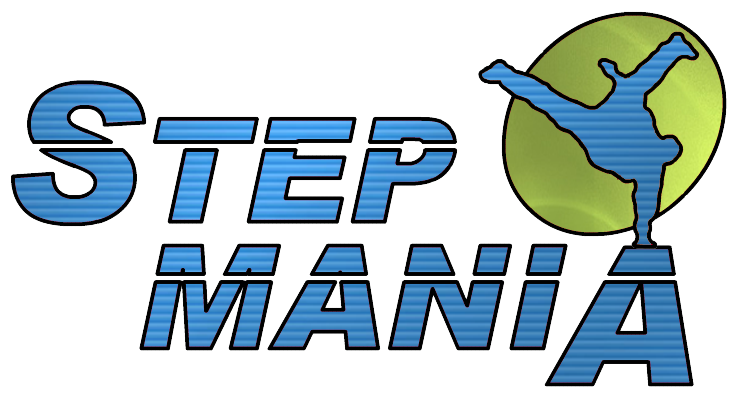
(Shameless side-plug, you might remember this previous blog post where I discuss the content I made for StepMania over the years)
For many years, I played the game with whatever keyboard was at my disposal. I simply was not good enough to have the luxury of blaming my equipment for my poor performance. Of course, I realized that some keyboards were better than others, for example some keyboards don’t allow for more than two simultaneous key presses at a time, which is very problematic in a rhythm game that uses four independent keys. However, it wasn’t until I tried a game on a Leopold FC660M mechanical keyboard that my horizons were completely blown open: it gave me a peek at the depths of the keyboard world.
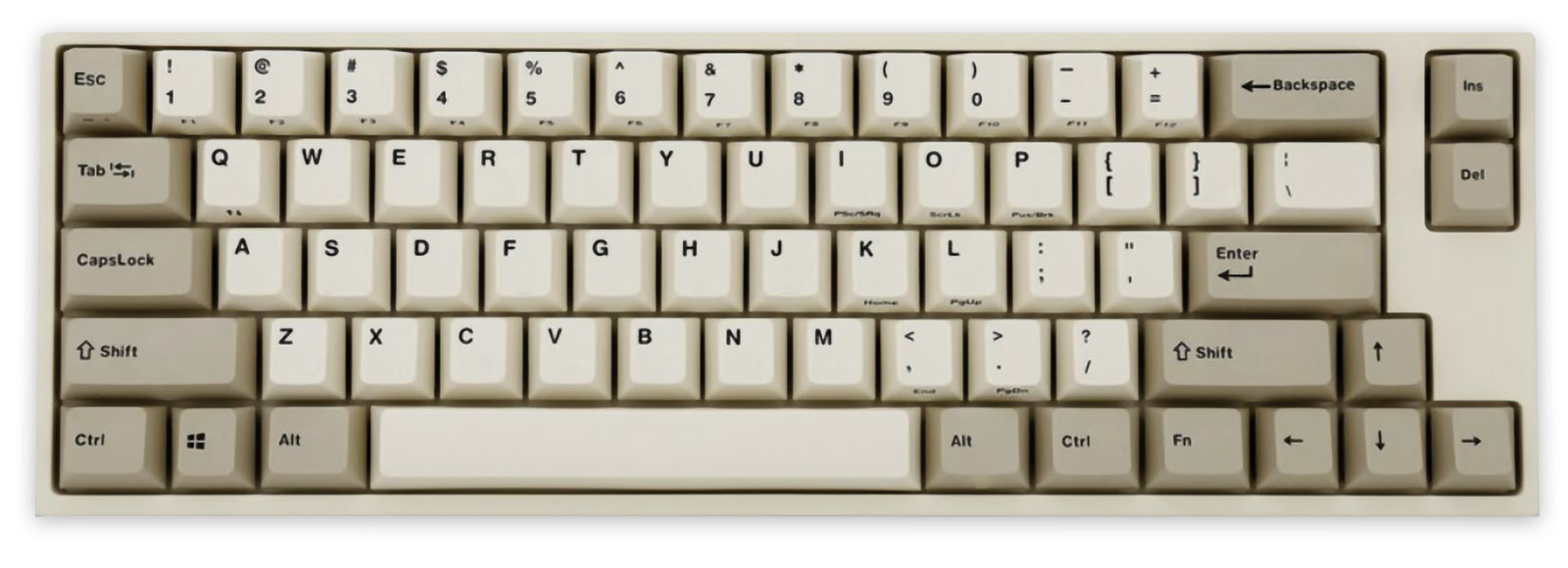
Among other things, this small, unassuming keyboard actually contained mechanical switches instead of the typical rubber dome contacts one would find on the cheap end of the spectrum. This subtle difference actually changed everything in how the keyboard felt: the keys did not wobble. They were firmly in place. They did not flex at all. Their click-clacks were satisfying. Its retro style gave nods to keyboards I grew up on, such as the IBM Model M.
I was instantly hooked!
My first mech
Wanting to keep getting better at StepMania, I eventually invested in my own mechanical keyboard. It wasn’t an easy process, since there were so many things to consider at once. I had to learn what Cherry MX switches were, and the different available options. I had to decide in which manufacturer I would put all my faith. I had to decide if I wanted lighting, if I wanted arrow keys, if I wanted stabilizers, etc. It was process that was both fun and nerve-wracking (“I don’t know the answer to any of these questions, I just want a good keyboard!”). After much research, I ended up buying this gem (or abomination, depending on your tastes!):
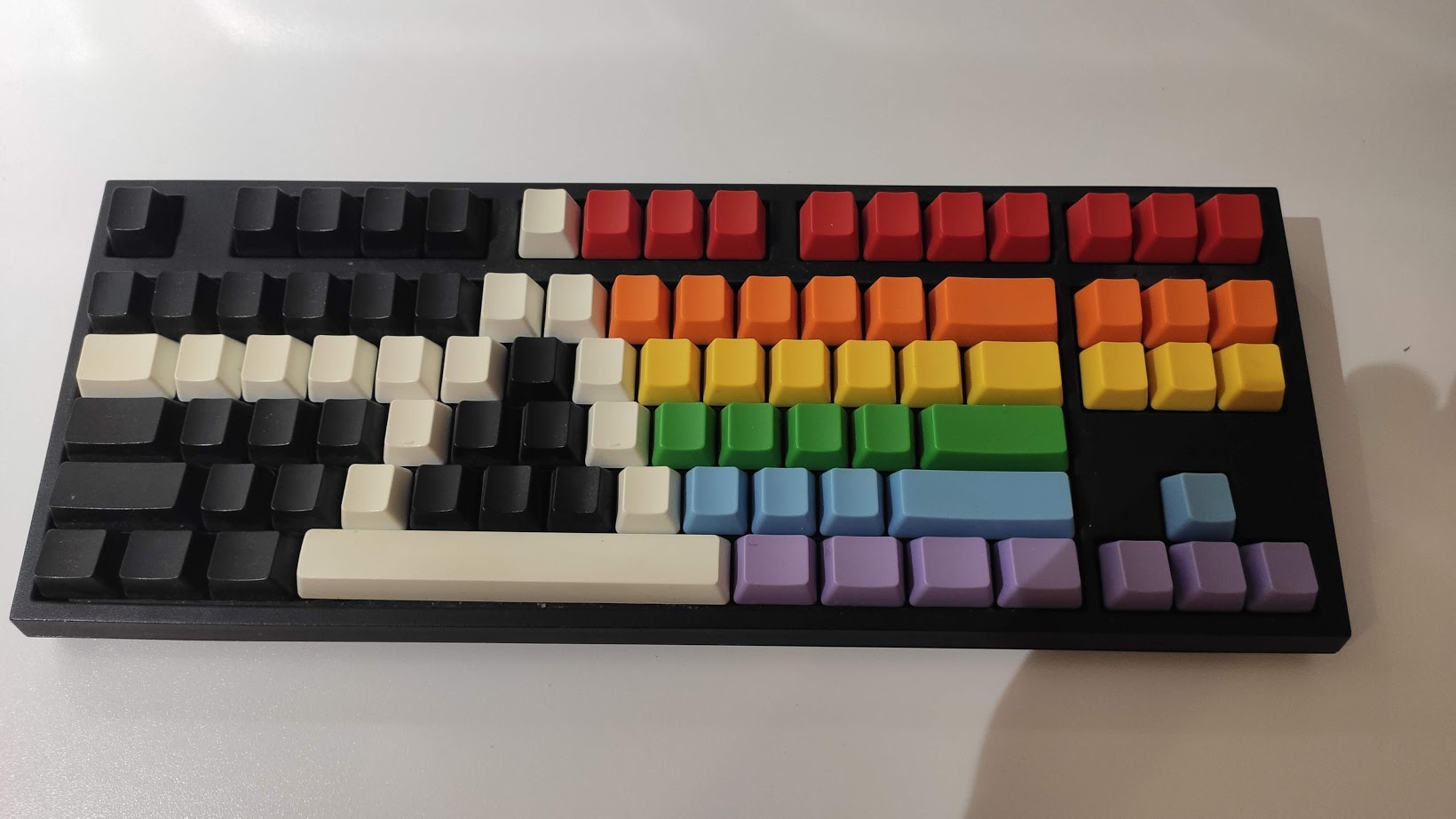
Because this was a keyboard meant to be used strictly for gaming, I decided that all keycaps would be blank to make the design more striking. I also made sure that the keyboard would have no rectangular numpad, in order to avoid unnecessary bulk.
You can see how excited I was when I received the keyboard in 2014:
My second mech
Being hooked on the feel of mechanical keys at home, I began wanting that same experience at work. Thus, I bought my first no frills office-style mechanical keyboard, the very boring Cherry MX Board 3.0:
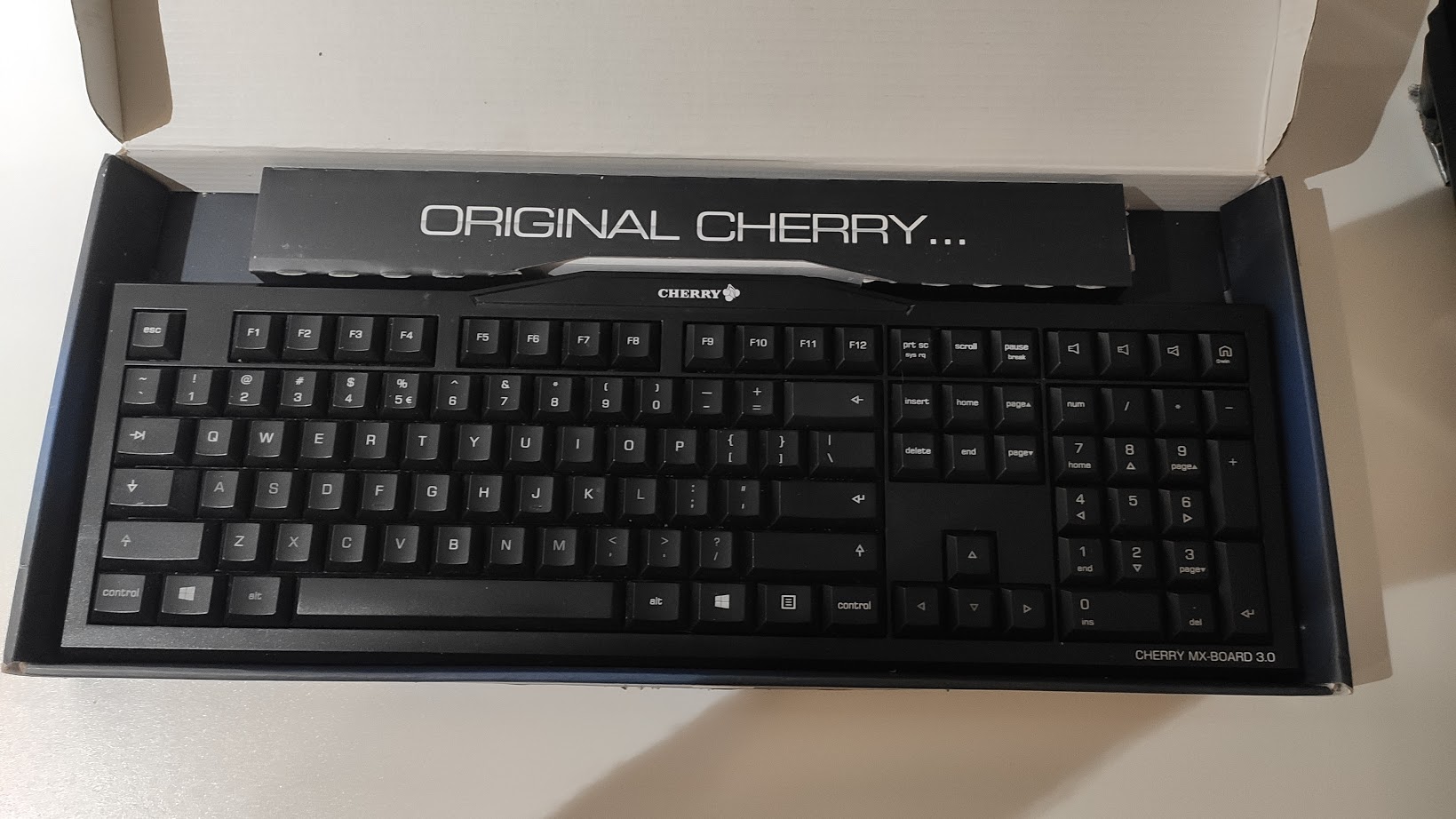
This is a keyboard I thoroughly enjoyed. It was relatively cheap and filled my needs perfectly. However, over time, I started to dislike its big size. I also wanted to customize my experience using onboard macros. Thus, I started looking for my next target…
My current keyboards
The mechanical keyboard I am using to write this post is a Vortex Race 3 with Cherry MX Brown switches. I love this baby very much.
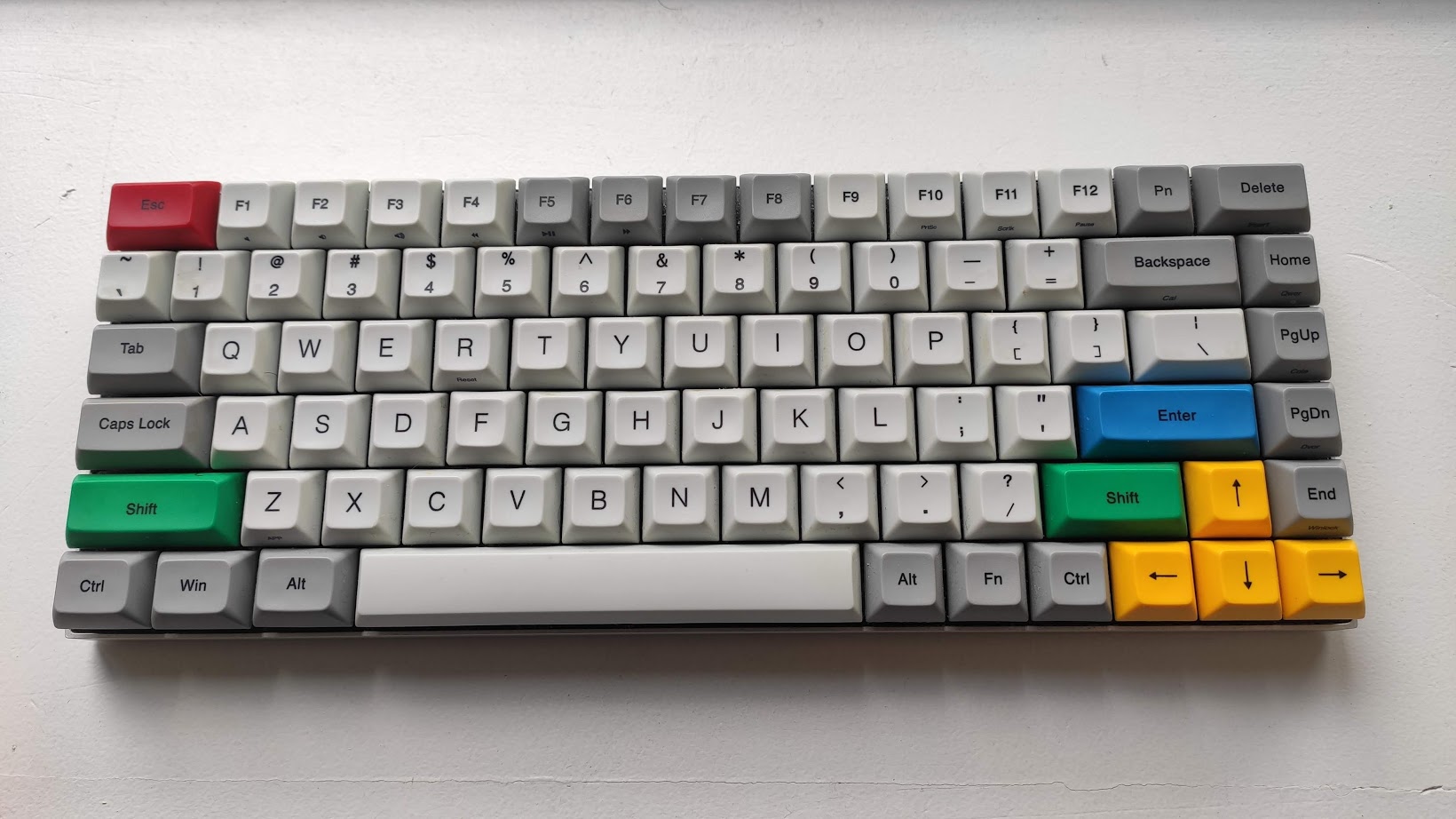
The features I love most about this keyboard are:
- Its compactness
- Dedicated buttons for everything I need (including arrows)
- Every key is programmable from the keyboard itself
- It has a nice weight that makes it stable
Newest addition: The Planck
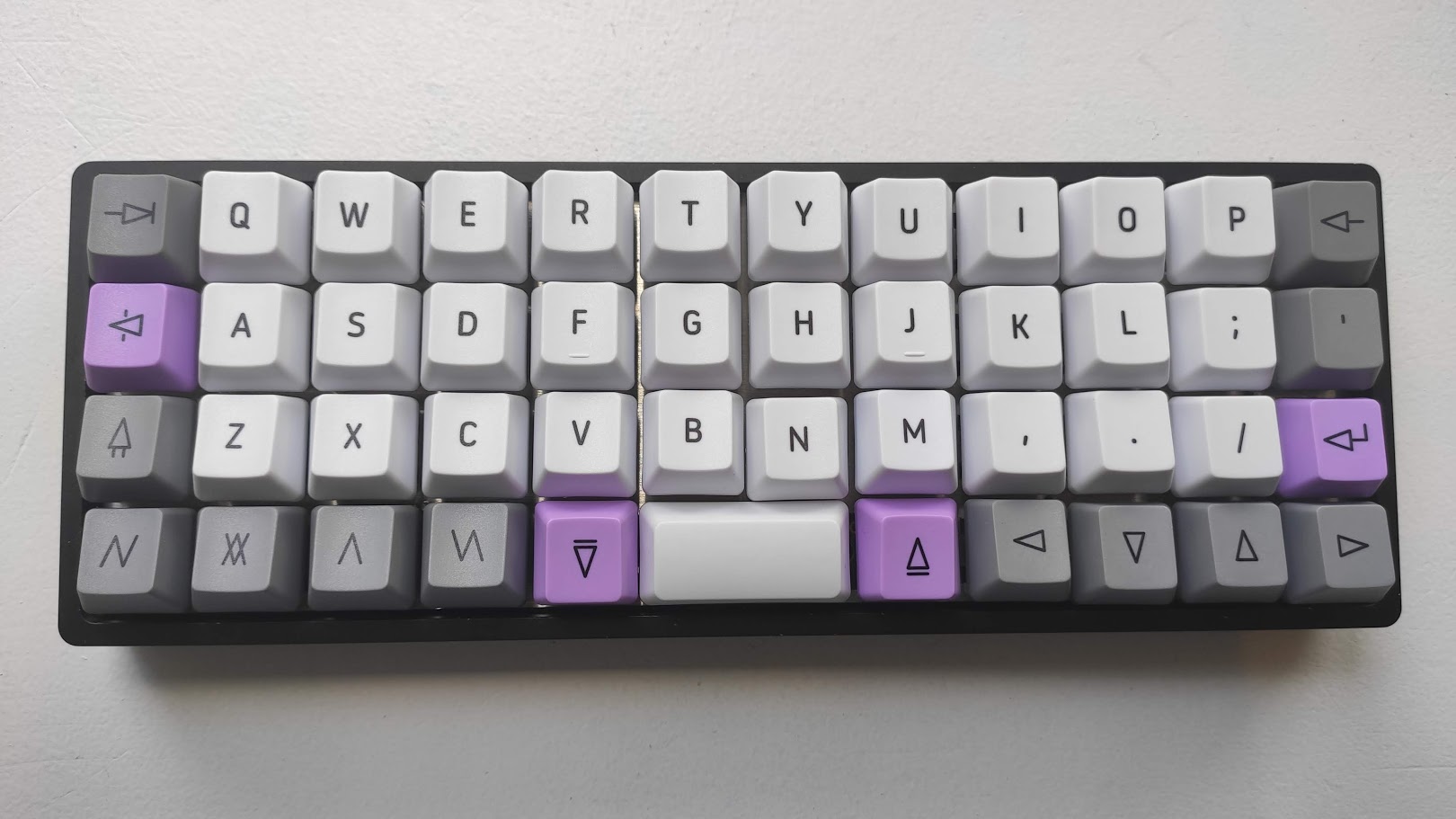
Surprise! In the process of writing this post, a new keyboard entered the family. This is is not compulsive keyboard shopping: just a demonstration of how slow I am at writing these posts 😃
I was very much looking forward to the Planck. It is an ortholinear keyboard that contains a minuscule set of keys: 47, to be exact. However, in order to mitigate the fact that this keyboard has very few buttons, it uses many layers and macros that let you cram as many things as you want in its limited space. As a nice trade-off, this limited space means that your fingers are within reach of any key at all times: no need to stretch your pinky to reach any of the keys on this board.
It’s definitely not for everybody, but it sure sounds like a challenge I’d like to tackle (for nice rewards in return). See this video summary of the ideas that make the keyboard:
It has been two days since I started getting accustomed to the keyboard, and I can confidently say that it will become my main keyboard until further notice. The ortholinear keys are surprisingly ergonomic, but above all the QMK firmware compiler is a total game changer. I might need to make a post about that in the future…
The pattern I’m starting to notice is that I really enjoy keyboards that feature less keys. As a result, they are smaller on my desk and cost less to customize. I personally don’t expect the Planck to give me cramps, since the size of the keys are the same as a regular keyboard: there’s just fewer keys, which means less hand travel (this should be a good thing in theory).
Macros
These are examples of custom macros I used on my Vortex Race 3. The customizability was not as granular as what can be done on the Planck, but they were neat little changes that had a positive impact on my typing experience.
Volume keys
F11 and F12, quick and easy way to lower and raise volume
Stealing ideas from the Happy Hacking Keyboard
The Happy Hacking Keyboard has interesting key placement.
- Control in place of Caps Lock: game changer
- Backspace in place of
\key - Many other small changes, but mainly these two interest me
With a programmable keyboard such as the Vortex Race 3, I can steal these ideas and implement them in my own board without needing to modify my OS settings and without needing to purchase an additional piece of equipment if I want to try a specific ergonomy.
Hiding your PC’s password in a macro
(Note: This is stupid. Don’t do this, and if you do, know it’s at your own risk.)
This is something I don’t feel comfortable recommending to people who work in a public environment, but it is something I really enjoy doing when working from home.
My PC password is very long, to make sure it is secure. to be precise, it is 23 characters long. I hate having
to type it everything I run a command as sudo, even though by the nature of things I got pretty good at
typing it over time.
What I did is I stored my password in a Fn+Key combination. Fast, easy, reliable. Not truly secure, but I can remove it anytime I want.
Knowing your OS’s shortcuts
This is something I notice a lot of people tend to neglect.
Every operating system, whether it’s Linux, Windows or even (even!) Mac OS, has its keyboard shortcuts that are meant to make your life easier. They were put in place by the people who programmed that operating system because they found them:
- ergonomic
- quick
- reliable
Most of us probably remember the difference it made when we started doing ctrl-c / ctrl-v instead of right-click -> copy, right-click -> paste to paste something from a clipboard.
But it’s rare for people to use more shortcuts than that. I don’t know why: wouldn’t everybody want to make their life as efficient and pain-free as possible? Look at this list of basic shortcuts from Ubuntu:
https://help.ubuntu.com/stable/ubuntu-help/keyboard-nav.html https://help.ubuntu.com/stable/ubuntu-help/shell-keyboard-shortcuts.html.en
These are goldmines and are worth learning through physical memory. They will make your every day life much easier. In fact, today I learned that Super-Shift-Arrow moves a window from one screen to the next. No need to use my mouse to do this anymore!
Conclusion
While I think I might have reached the endgame keyboard with the Planck, I can’t say for sure. In a world where progress is constantly accelerating, often at the end of people writing from a keyboard, it’s difficult to predict exactly what the keyboard landscape will look like in 10 years from now.
I very much agree with Eliiti Wada from the beginning of this post: the keyboard is the saddle of the modern cowboy. In the end, if you are comfortable with your current interface and feel efficient with it, that’s all you need.
I wish you all a nice ride in the pursuit of perfection!
1915 Words
2021-06-28 15:47
